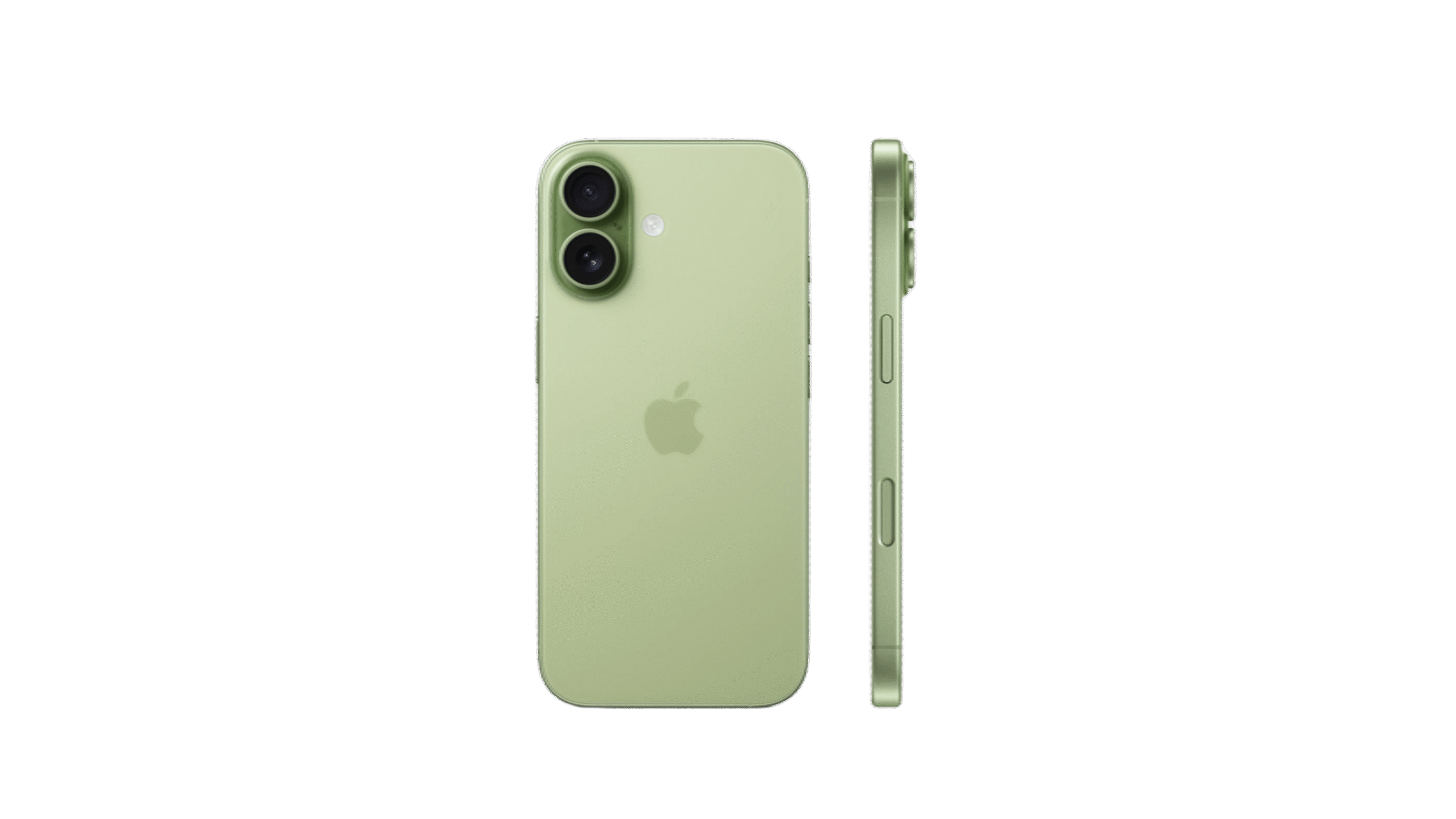Microsoft has redefined the future of quantum computing with the launch of Majorana 1, the world’s first quantum chip powered by a Topological Core architecture. This breakthrough paves the way for quantum computers that can solve complex industrial problems within years, not decades. By leveraging a new class of material called a topoconductor, Microsoft is set to revolutionize how quantum machines scale, compute, and solve real-world challenges.
Let’s explore why Majorana 1 could be the key to unlocking quantum computing at an industrial scale.
A Quantum Leap in Computing
At the heart of Majorana 1 is topological qubit technology, designed to:
- Scale to one million qubits on a single chip.
- Provide error-resistant qubits, reducing the need for constant error correction.
- Enable digital control of qubits, simplifying quantum computation.
Microsoft’s breakthrough Topological Core ensures that quantum computing can evolve beyond today’s experimental stage and into practical applications that impact industries worldwide.
Majorana Particles: A Scientific Breakthrough
To achieve truly scalable quantum computing, Microsoft developed Majorana particles—exotic quantum particles that:
- Do not exist in nature and must be created through advanced material engineering.
- Offer built-in error resistance, making them ideal for stable quantum computations.
- Can be digitally controlled, replacing complex analog controls found in traditional quantum systems.
This discovery, validated in a Nature paper, proves that Microsoft’s approach to quantum computing is more than theoretical—it’s real and measurable.
Reaching a Million Qubits: The Game Changer
Today’s quantum systems struggle to scale beyond a few hundred qubits, but Majorana 1 is designed to fit one million qubits on a single chip. This milestone is crucial because:
- A one-million-qubit system can tackle industrial-scale problems, such as:
- Breaking down microplastics into non-toxic materials.
- Creating self-healing materials for construction, healthcare, and aerospace.
- Solving complex chemical equations for drug discovery and sustainable agriculture.
- It enables trillions of reliable operations, a necessary step for practical quantum applications.
- It shrinks quantum computers from room-sized setups to something deployable in Microsoft Azure datacenters.
“Whatever you’re doing in the quantum space needs to have a path to a million qubits. If it doesn’t, you’re going to hit a wall before you solve the big problems,” said Chetan Nayak, Microsoft Technical Fellow.
Microsoft’s Long-Term Bet on Quantum Computing is Paying Off
Microsoft’s quantum research started nearly 20 years ago, taking the high-risk, high-reward approach of pursuing topological qubits instead of traditional methods. This bold move is now paying off, as the company:
- Has already placed eight topological qubits on a chip, proving its technology is real.
- Was selected by DARPA to help develop the world’s first utility-scale fault-tolerant quantum computer.
- Partnered with Quantinuum and Atom Computing to advance reliable quantum computing systems.
Unlike many tech companies that focus on small-scale quantum experiments, Microsoft’s goal has always been commercial impact. “We knew we needed a new qubit. We knew we had to scale,” said Matthias Troyer, Microsoft Technical Fellow.
Practical Applications of Majorana 1
Quantum computing is not just about faster calculations—it’s about solving problems that classical computers simply cannot handle. With Majorana 1, Microsoft aims to transform:
- Materials Science – Designing self-repairing metals, shatterproof phone screens, and scratch-resistant car paint.
- Environmental Solutions – Engineering enzymes to break down pollutants and discovering new eco-friendly materials.
- Medical Research – Accurately modeling enzyme reactions to advance drug discovery and precision medicine.
- Manufacturing & AI – Allowing companies to design perfect materials and molecules from the start, eliminating years of costly R&D.
“Any company that makes anything could just design it perfectly the first time. It would just give you the answer,” said Troyer.
Reimagining Quantum Computing at Scale
The biggest challenge in quantum computing has always been stability and control. Qubits are fragile—traditional systems require massive error correction, making them inefficient for real-world applications. Microsoft’s topological qubits solve this by:
- Reducing qubit errors at the hardware level instead of relying on software correction.
- Using a more compact and efficient design, avoiding room-sized quantum computers.
- Enabling digital control of qubits, which simplifies quantum computing and reduces computational overhead.
With Majorana 1, Microsoft is removing the barriers to scalable, industrial-grade quantum computing.
The Future of Microsoft’s Quantum Strategy
Microsoft isn’t just building quantum computers—it’s integrating them into its cloud ecosystem. Through Azure Quantum, businesses and researchers can:
- Develop quantum algorithms today, preparing for the shift to scalable quantum computing.
- Use AI and high-performance computing (HPC) to enhance quantum workflows.
- Work with Microsoft’s quantum-ready ecosystem, ensuring seamless adoption of future quantum advancements.
“It’s one thing to discover a new state of matter. It’s another to rethink quantum computing at scale,” said Nayak.
Why Majorana 1 is a Game Changer
With Majorana 1, Microsoft is proving that scalable, fault-tolerant quantum computing is no longer decades away—it’s within reach. The ability to fit one million qubits on a single chip opens doors to:
Faster breakthroughs in chemistry, medicine, and materials science
Practical quantum applications that were once impossible
A quantum future where AI and quantum computing work together
Microsoft’s bold bet on topological qubits is paying off, bringing quantum computing from theory to reality. 🚀
What’s Next?
Microsoft is expected to continue refining Majorana 1, scaling its quantum efforts, and integrating quantum technology into Azure Quantum. As the world moves toward a quantum-powered future, one thing is clear: Microsoft is leading the charge.
🔗 Learn more about Majorana 1: Microsoft Quantum Computing





Leave a Reply